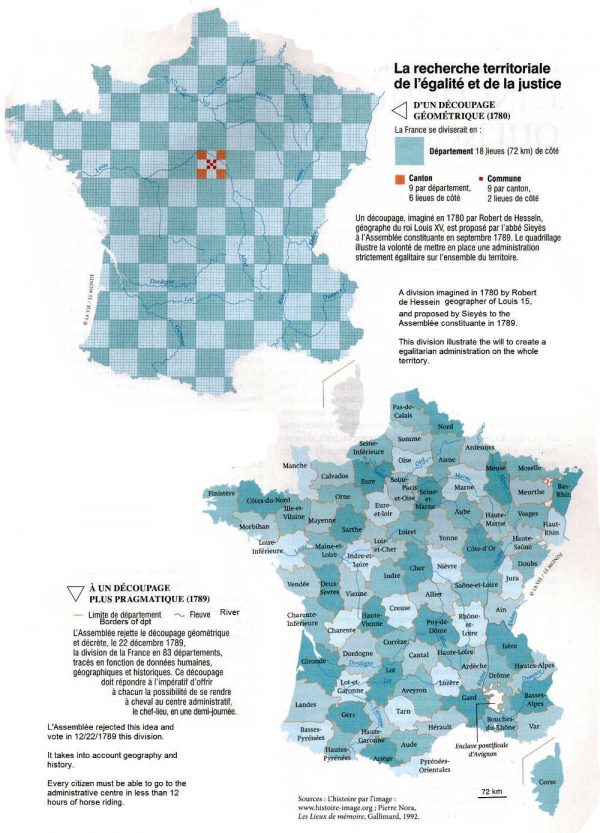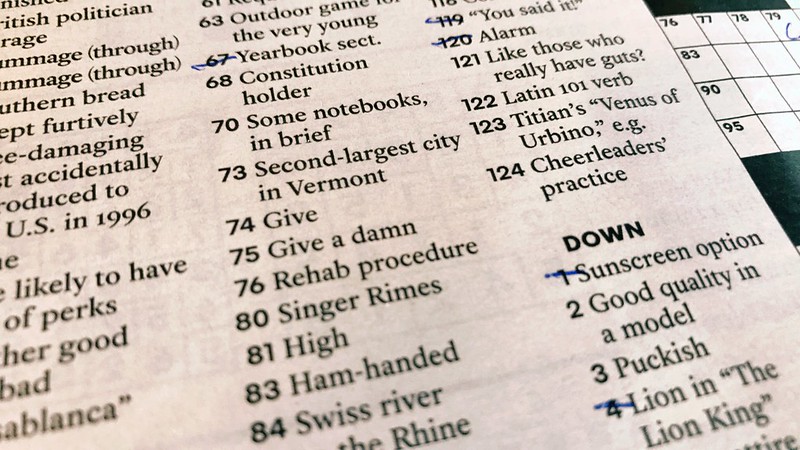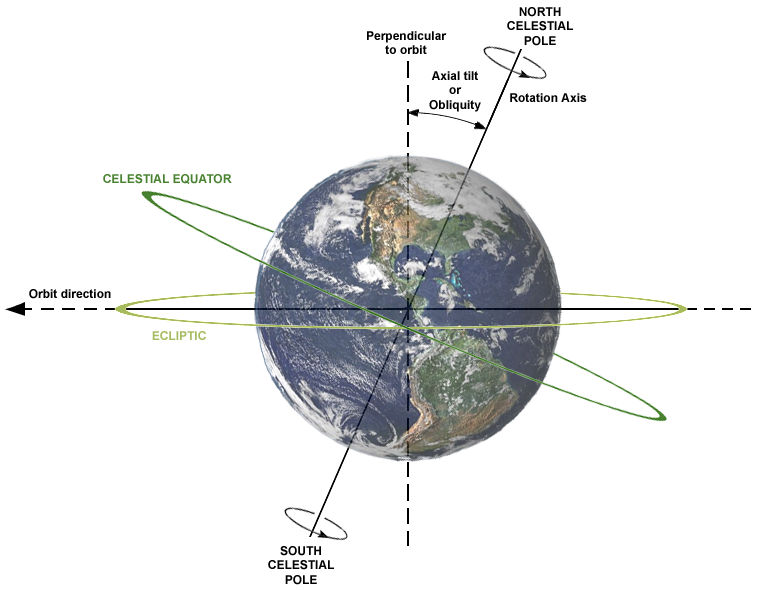Ancient Chinese documents describe a two-wheeled vehicle fitted with differential gears so that a pointer indicating south at the start of a journey would maintain that orientation as the vehicle wended its way through a landscape. In principle such a pointer could serve as a compass though no magnets were involved. From the sixth-century Book of Song:
The south-pointing carriage was first constructed by the Duke of Zhou (beginning of the 1st millennium BC) as a means of conducting homeward certain envoys who had arrived from a great distance beyond the frontiers. The country to be traversed was a boundless plain, in which people lost their bearings as to east and west, so [the Duke] caused this vehicle to be made in order that the ambassadors should be able to distinguish north and south. The Gui Gu Zi book says that the people of the State of Zheng, when collecting jade, always carried with them a ‘south-pointer,’ and by means of this were never in doubt [as to their position].
In practice such a device would inevitably accumulate errors — so possibly it was most valuable as an amusement that impressed foreign visitors.







